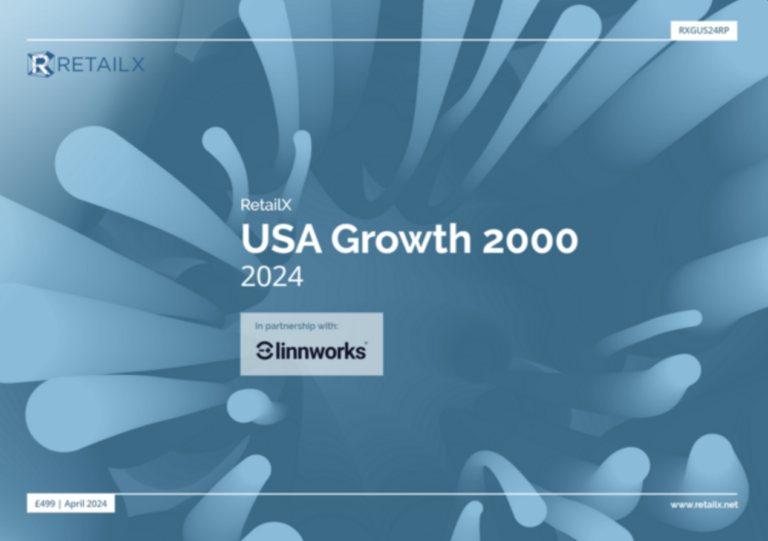A survey of 1,000 users of ecommerce websites in the retail, travel, finance & insurance and hospitality markets by Redshift Research and onsite marketing specialist Maxymiser has found that 82% of shoppers have abandoned a shopping basket in the past year and 69% would not go back to a website that had given them an unsatisfactory purchasing process.
When asked why they had decided to abandon their shopping baskets, one in three respondents cited one of the following reasons: The website was too slow; they wanted to find the products cheaper elsewhere, or they had changed their mind.
63% of respondents also said that they now know the web address of their favourite websites, rather than having to use a search engine which, say the researchers, means that online businesses are likely to see diminishing returns from their search engine marketing spend this year.
In the retail sector, 57% of respondents said they now regularly purchase products on entertainment websites (music, DVDs etc). 41% of respondents regularly purchase products on electrical goods websites, 33% regularly purchase on clothing websites, and 19% of respondents regularly purchase on grocery websites.
The research also found that 56% of respondents felt security was the most important factor when shopping online, whilst 31% believed cost to be the most important criteria. Other responses included ease of use (9%), stock availability (3%) and speed of processing (2%).
“Any business that is running an ecommerce website needs to wake up to the appalling leakage that is taking place as visitors move through their web pages,” says Mark Simpson, managing director at Maxymiser. “The research has demonstrated that consumers will abandon their shopping baskets for a variety of reasons. However, in our experience it is often the smallest and least obvious details that make the difference between conversion and abandonment, such as copy, images, calls to action and product offers presented online.”
“Online businesses continue to focus heavily on customer acquisition marketing, but by redirecting the same level of investment into improving your conversion performance, organisations stand to see far greater returns,” Simpson added. “The average uplift in conversion following regular testing and small iterative improvements has shown itself to be in the region of 34-35%, which could have a huge impact on the bottom line.”









